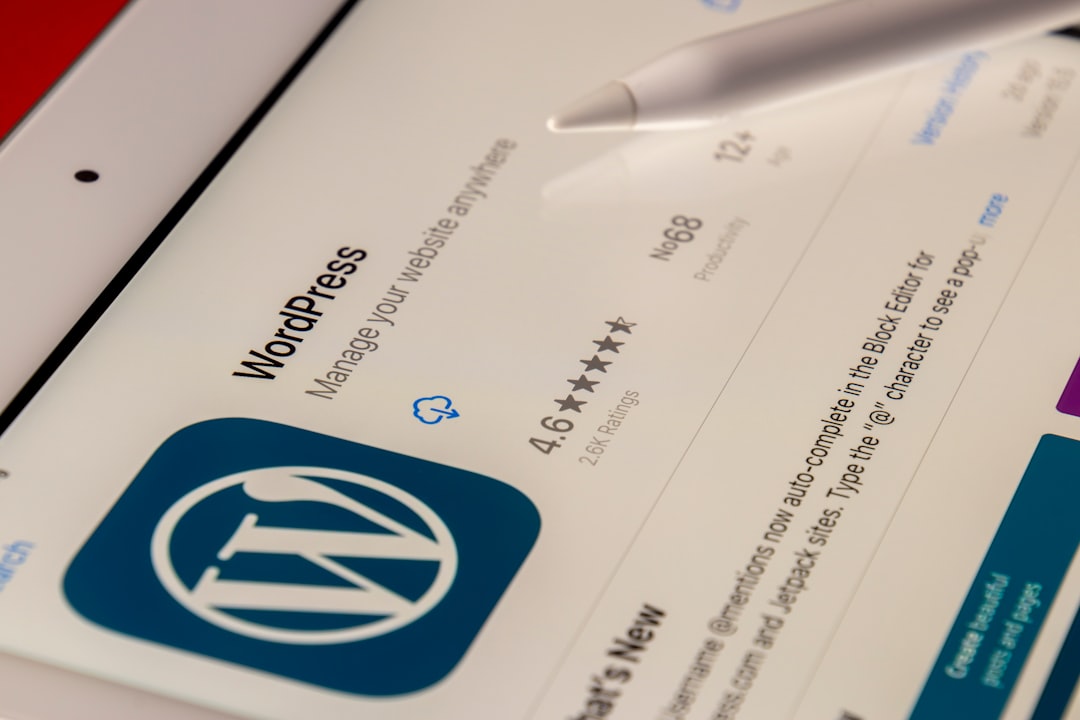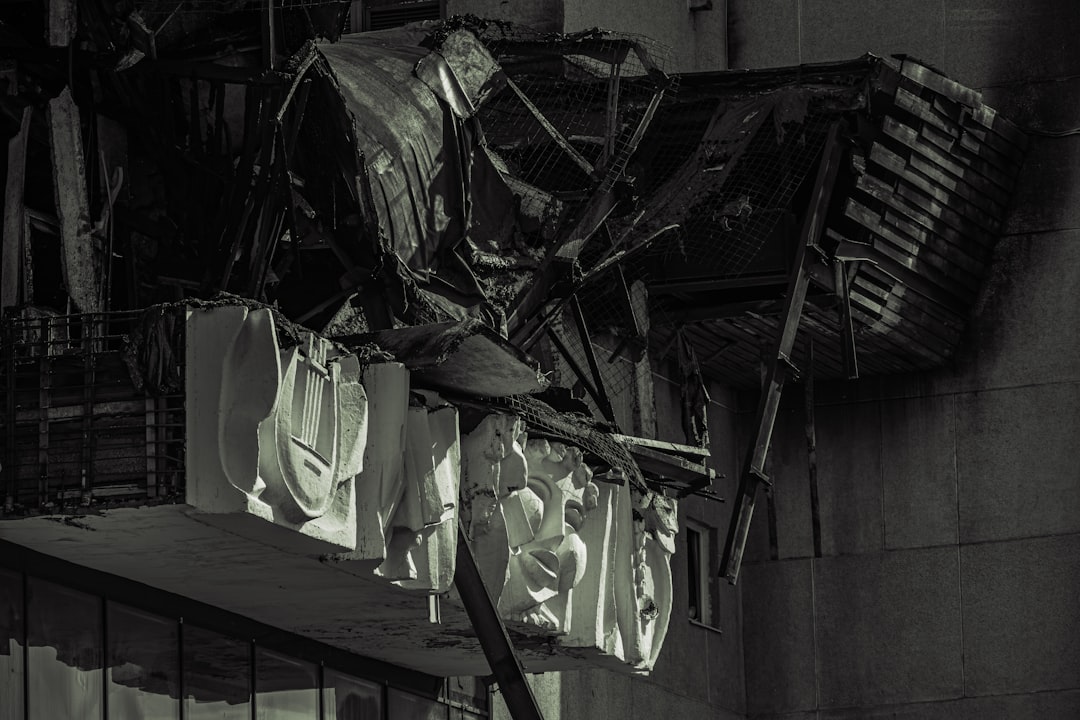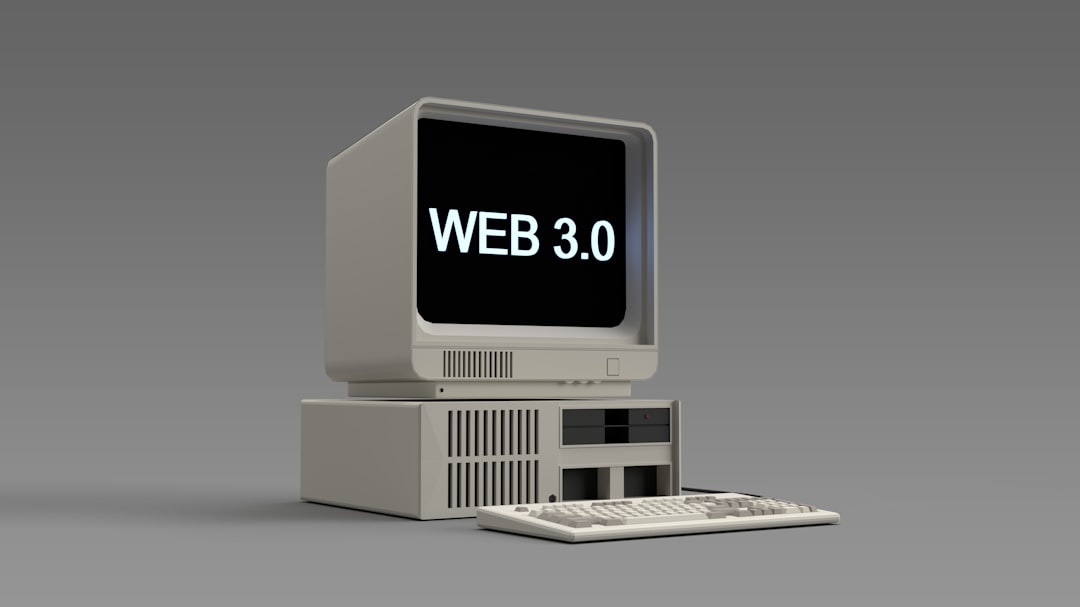You’re uploading images to your WordPress site, and suddenly—boom!—they’re blank. What’s going on? You check again. Nope, still blank. If you’re using WebP images, you’re not alone. This is a common issue, but don’t worry. We’re going to break it down and fix it—together. And yes, we’ll keep it fun!
What is a WebP file anyway?
Let’s keep it simple. A WebP file is an image format created by Google. It’s smaller in size but still gives you great quality. In other words—less weight, more speed.
Google loves speedy websites. Visitors love them too. That’s why many WordPress users are switching to WebP.
But… there’s a snag.
Why are your WebP images showing up blank?
This issue usually means WordPress can’t handle the image properly. There are a few main reasons why:
- Your server doesn’t support WebP
- Your plugin has a hiccup 🫠
- The image is corrupted or improperly converted
- Your browser or theme can’t display it
Let’s tackle each of these, with real fixes that actually work.
Fix 1: Check if your server supports WebP
Not all hosting providers are ready for WebP. Kinda like trying to play a Blu-ray on a DVD player—it just won’t work.
Here’s how to check:
- Login to your hosting control panel (like cPanel)
- Look for PHP Info or use the plugin called PHP Compatibility Checker
- Search for “WebP” in the output. If it’s not listed under GD or Imagick, your server doesn’t support it.
Fix: Contact your host and ask them to enable WebP image support. Most modern hosts will do it for free.
Fix 2: Try a different browser or clear cache 🧹
Sometimes it’s not WordPress. It’s your browser!
Browsers cache things heavily. So if you uploaded a blank image once, your browser might be stuck showing that bad version every time.
Quick steps:
- Clear your browser cache
- Try viewing the page in another browser (Chrome, Firefox, Safari)
- Or use Incognito/Private mode
If the image appears, you just needed a refresh. Easy fix, right?
Fix 3: Use trusted image optimization plugins
Some WordPress image plugins offer WebP conversion. But not all do it well.
Here are a few plugins that do get it right:
- ShortPixel Image Optimizer
- Imagify
- Smush (With WebP add-on)
- EWWW Image Optimizer
A good plugin not only converts your images to WebP, but also serves them to compatible browsers. And falls back to JPEG/PNG when needed.

Before blaming WordPress, give your plugin settings a check-up!
Fix 4: Check your .htaccess or server configuration
If your images work in Media Library but show up blank on the live site, it could be your .htaccess rules.
Look for a section in your .htaccess file that looks like this:
<IfModule mod_rewrite.c>
RewriteEngine On
RewriteCond %{HTTP_ACCEPT} image/webp
RewriteCond %{REQUEST_FILENAME} (.*)\.(jpe?g|png)$
RewriteCond %{REQUEST_FILENAME}.webp -f
RewriteRule (.+)\.(jpe?g|png)$ %{REQUEST_URI}.webp [T=image/webp,E=accept:1]
</IfModule>
This code tells the server to serve WebP images if the browser supports it. If you’re missing this, your server may not know when to share the WebP version.
Fix 5: Check image file integrity
Sometimes, your WebP file might just be… broken. 😬
It could be an incomplete upload or a bad conversion.
To verify:
- Download the WebP file from your Media Library
- Try opening it in an image viewer like IrfanView or browser tab
- If it doesn’t open there, it’s a bad file
Solution? Go back to the original PNG or JPG version and try converting again using your plugin or an online tool.

Fix 6: Update your theme
Sometimes it’s not you. It’s your theme.
Old or poorly-coded themes might not support WebP images, especially custom image functions like lazy loading.
Try this:
- Switch to a basic theme like Twenty Twenty-Three
- See if the WebP image works
- If it does, your theme is the issue
Contact your theme developer or update to a newer version.
Fix 7: Use a CDN that supports WebP
Using a Content Delivery Network (CDN)? Sweet. But not all CDNs serve WebP images automatically.
Make sure your CDN supports this. Some popular options that do:
- Cloudflare (with Polish optimization)
- KeyCDN
- BunnyCDN
Check your CDN’s documentation and settings panel. Enable WebP delivery if it’s an option.
If all else fails…
You can go back to JPEG or PNG images. Seriously. Don’t lose your mind over this.
Unless WebP is totally necessary, there’s no shame in using a good old JPEG.

Bonus Tip: Use an online WebP checker
Not sure if your site is serving WebP or not?
Try this free tool: WebP Checker
Just enter your site URL, and it’ll show what image format your images are being served in.
Quick Recap
WebP images turning up blank? Here’s your checklist:
- Check server WebP support
- Clear the browser cache
- Use reliable image optimization plugins
- Review .htaccess file
- Verify image file integrity
- Update or switch themes
- Confirm CDN compatibility
Happy WordPress-ing! 🧑💻
WordPress is powerful, but things go wonky sometimes. Now you’re ready if your WebP files decide to go ‘poof’ and disappear. With these fixes, you’ll be back to loading images like a pro.
Happy fixing and may your WebP files be forever awesome!
